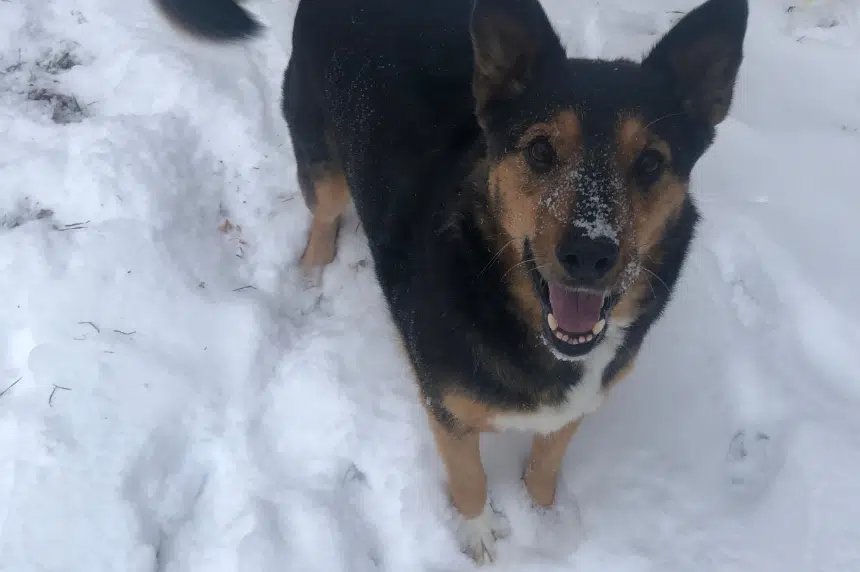During these extremely cold winter months, it’s important to keep an eye on your furry friends.
Jasmine Hanson, the communications co-ordinator of the Saskatoon Society for the Prevention of Cruelty to Animals (SPCA), said a source of water for animals is imperative to their safety.
There are a few other things to watch for as well.
“Please be keeping a close eye (on your pets),” Hanson said. “If you are letting your pets outside for any period of time, make sure they have a source of insulated shelter of some kind, something to protect them from the wind and cold whenever they need it.”
She said keeping outside time limited during the cold snap is also important to your pets’ safety.
“They can’t speak for themselves, especially when it’s this cold outside,” Hanson said.
Hanson added there are some signs to look for if your pets do start to struggle with the cold.
“A lot of animals will just start becoming very lethargic, and be quiet. Other animals will bark because they’re uncomfortable. Just pay attention to your animal, and watch for any signs that they may be uncomfortable, or just not behaving normally,” she said.
“Every animal is different, but the greatest rule of thumb is that as soon as it’s too cold for you to be out there comfortably, your animal is probably uncomfortable as well, even if they’re not showing it.”
She said many animals don’t like to show that they’re in distress, or are having problems dealing with the cold weather.
Pets may also lift their paws, trying to keep them off the snow and ice. Hanson said that’s also a sign to keep an eye on, as it could be serious.
“Walking on ice is extremely painful, and can cause frostbite,” she said. “If they’re seeming to walk a little bit more gingerly, or if they’re lifting their paws, it’s quite possible that they’re starting to show some signs of that, and it’s important to bring them in as soon as possible.”
Hanson said the SPCA has also been busy responding to calls for people locking their pets in vehicles in the cold winter months.
“Unfortunately, that does seems to be happening very often,” she said. “It’s no more safe then leaving them in a vehicle in the hot summer months, which we know can be deadly for animals.”
On top of the pets being locked inside vehicles, calls for strays wandering Saskatoon streets are also coming in.
Hanson said it’s been a lot more frequent than usual, but it’s something that they welcome at this time of year.
“Normally, (people) wouldn’t be as concerned about (the animals) running on their own outside, but now they know that it could be a matter of life and death,” she said.
If you do see any animals in distress, or are worried about an animal locked inside a vehicle, contact the Saskatoon SPCA.











